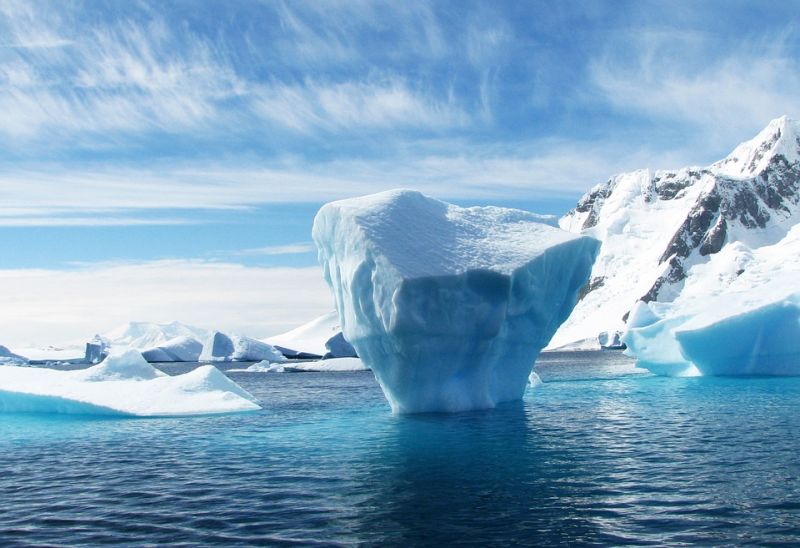'Treasure Trove' of Arctic Research Data Now Publicly Available
Published on by Water Network Research, Official research team of The Water Network in Academic
Twenty years of Arctic research can help scientists around the world better understand climate and environment change.
Ever wondered how many musk oxen there are in Greenland? Or how populations of spiders and insects have changed in recent years? Want to see if there is a link between snow cover and temperatures? Well, now you can find out for yourself.

Source: Max Pixel
Scientists have been collecting data on everything from snow cover, wind, rain, temperatures, fjord water chemistry, glaciers, and populations of musk oxen, spiders, insects, birds, and more from around Greenland for decades.
They have steadily built up a database of all of their observations by returning to the same locations, time and time again to measure the exact same thing, in the exact same way.
It is laborious and repetitive work but the result is a treasure trove of data that is helping scientists from across the world to better understand changes in the Arctic, says program leader Torben Røjle Christensen from Aarhus University, Denmark.
“We now have a twenty-year record of operational data that cannot be found anywhere else in the circumpolar north. As a coordinated program it’s unique,” says Christensen.
Free data for researchers, students, or interested citizens
All of the data are now freely available online at the GEM website and a summary of the most significant discoveries from the past year is available in the recently launched Annual Report Cards.
“Anyone can go in and download the data. There’s a boatload available,” says Christensen—more than 1,500 parameters to be exact.
They already have around 180 registered users from around the world—mainly researchers who are aware of the program.
Now, the goal is to reach the education sector, says Christensen, who hopes that university students and school teachers will use the data.
If you need some inspiration, here are five recent discoveries from the GEM database:
1) Glacial melt from Greenland is making the sea fresher
2) Greenland’s glaciers are melting faster than the ice sheet
3) Frozen soils “push” methane out of the tundra
4) The Arctic is more dynamic than previously thought
5) Remote sensing improves records of temperature, soils, and vegetation across Greenland
Download full 'Greenland Ecosystem Monitoring - Annual Report Cards' here
Read full article: Science Nordic
Media
Taxonomy
- Ecosystem Management
- Data Management
- Environment
- Ecosystem Management
- EU environmental policy
- Environmental Research
- Environment Network
- Data & Analysis